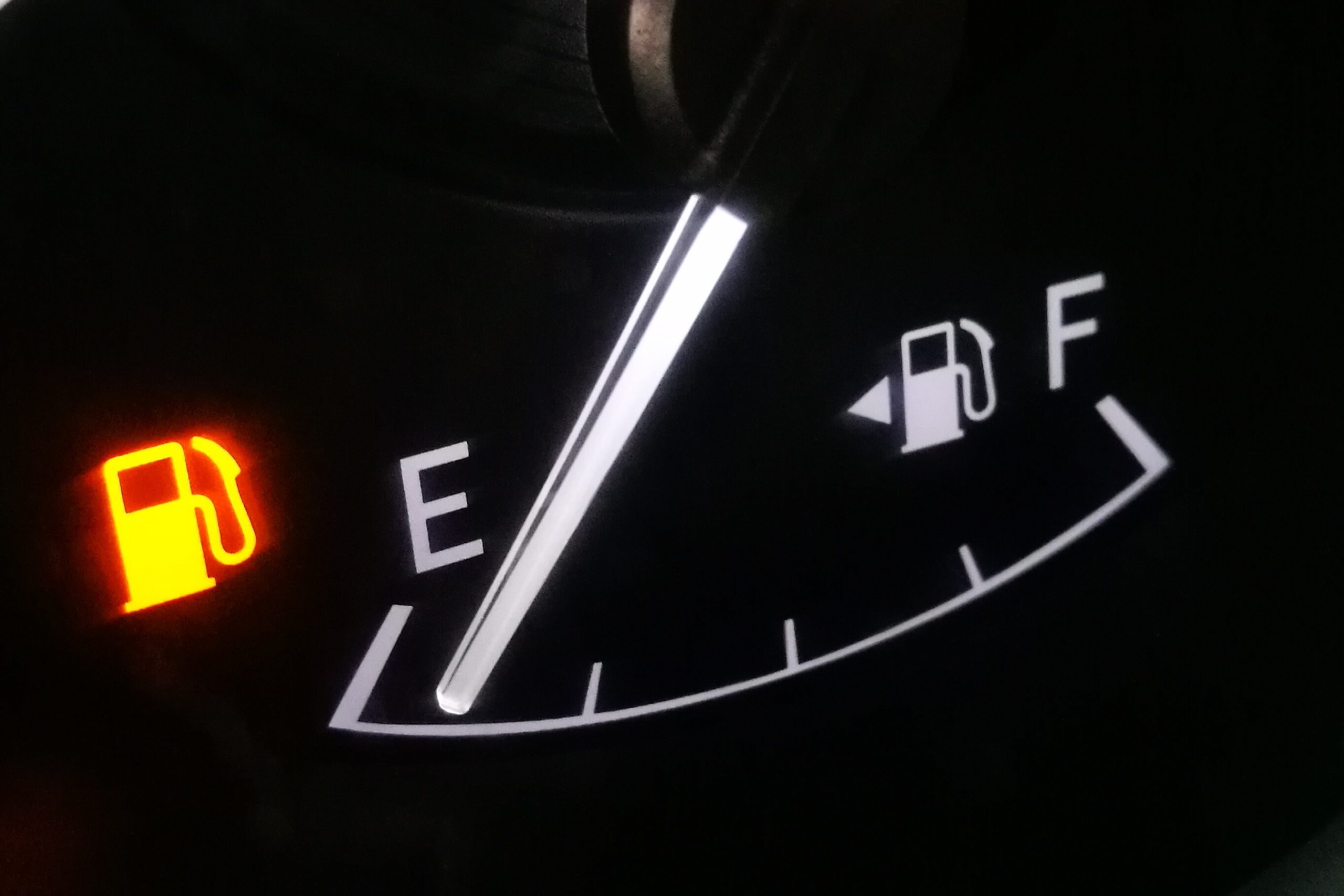Energy availability (EA) is a concept that is becoming increasingly important in the health and fitness world. It is the amount of energy that is available to the body after accounting for the energy used for exercise and other activities. It is different from the traditional concept of energy balance, which is the ratio of calories consumed to calories burned.
Signs and symptoms of low energy availability can include fatigue, decreased performance, hormonal issues, mood changes, cognitive issues and increased risk of injury.
Calorie intake is an important factor in energy availability. If you are not consuming enough calories, your body will not have enough energy to fuel your activities. Your overall work output also affects energy availability. If you are working too hard and not taking enough rest days, your body will not have enough energy to recover and replenish itself.
It is possible to run brief periods of low energy availability, but it is not recommended to do so for extended periods of time. Low EA can have a negative effect on the reproductive system, as it can lead to menstrual irregularities and infertility, as well as low testosterone in males. Low EA is also related to RED-s (Relative Energy Deficiency in Sport), which is a condition that can lead to serious health problems.
Low energy availability occurs when an athlete’s calorie intake is not enough to match the energy expended during exercise, leaving inadequate energy for the body to function normally. This mismatch between energy intake and expenditure can lead to a condition known as energy compensation, where the body partially compensates for the lack of energy by cutting the energy spent on physiological processes.
Low energy availability is the driving factor of the recently coined syndrome “Relative Energy Deficiency in Sport” (RED-S). In 2014, the International Olympic Committee officially renamed the Female Athlete Triad to RED-S in order to better reflect the fact that both male and female athletes can suffer from this condition. RED-S is a multi-systemic disorder that can affect an athlete’s physical, metabolic, and psychological health
The most common symptoms of RED-S include fatigue, decreased performance, menstrual irregularities or drops in Testosterone production, bone loss, and impaired immune function. It is important to note that RED-S is a spectrum disorder, meaning that athletes can experience varying degrees of the condition. For example, an athlete may experience mild symptoms such as fatigue and decreased performance, or more severe symptoms such as amenorrhea and osteoporosis.
In order to prevent RED-S, athletes should ensure that they are consuming enough calories to match their energy expenditure. This can be done by tracking calorie intake and energy expenditure, and consulting with a nutritionist or dietitian if necessary. Additionally, athletes should be aware of the warning signs of RED-S and seek medical attention if they experience any of the symptoms. By taking the necessary steps to prevent RED-S, athletes can ensure that they are able to perform at their best and remain healthy.

